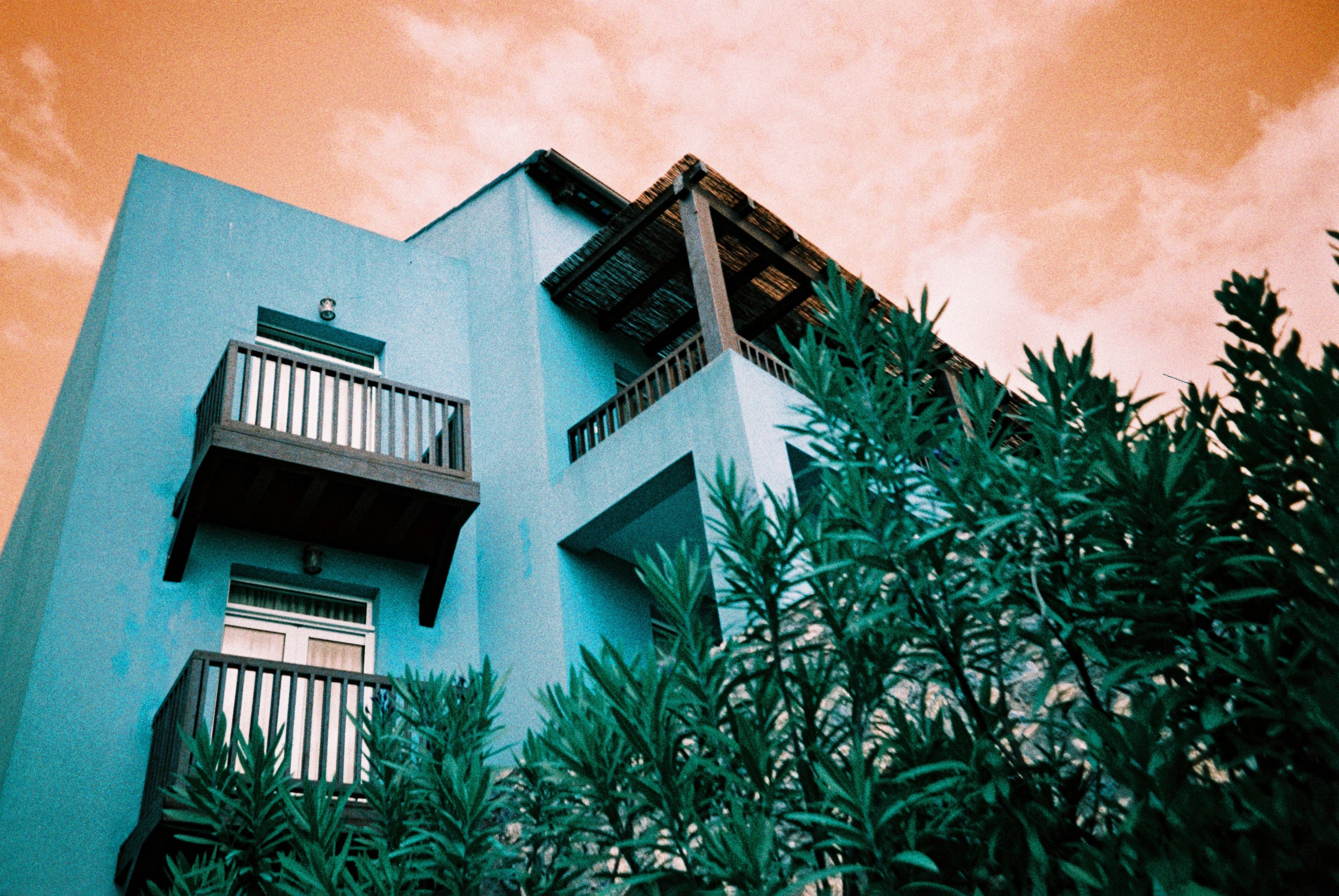Brought to you by the creators of Fomapan, Foma Ortho 400 120 film a special orthochromatic black and white negative film.
This film is characterised by good resolving power, contour sharpness, fine grain and high maximum density of the silver image. It has a high optical sensitivity so you can capture images in difficult light conditions using shorter exposure times.
Foma Ortho 400 is the perfect choice to enhance your black and white medium format photography adventures!
Image credit (c) Tom Warland.
Specification
| Format: |
120
|
| Colour: |
B&W |
| Type: |
Negative
|
| ISO: |
400 |
| Exposures: |
12
|
| Pack size: |
1 |
To understand more about the details above you can check out our film guide or if you want some inspiration then head over to our page on choosing your next film. And if you want the full details about the film, including technical information, read about Foma Fomapan R over on EMULSIVE.
Foma traces its origins back to Prague in 1919. They have remained in the Czech Rupublic ever since, working throughout the past century on different films, papers and chemicals for use by medical schools and the military - as well as ordinary photographers in Eastern Europe. Their black and white films are the result of decades of expertise - you will not be disappointed!
For more information about the brand check out our bio of Foma
Where we ship
When you buy your camera film from us we can ship it across the UK, Europe, USA, New Zealand, Australia and Canada (more countries planned soon!) So buy your Foma Fomapan R Film 35mm B&W ISO 100 today and dive back into the fun of 35mm film photography!

